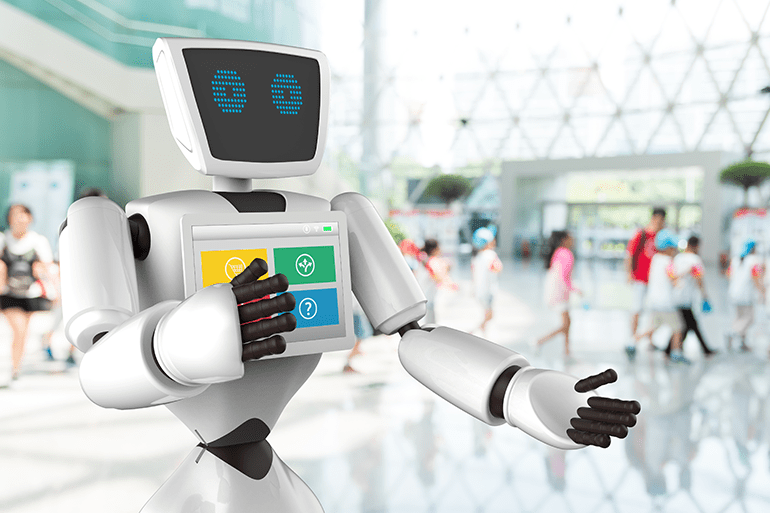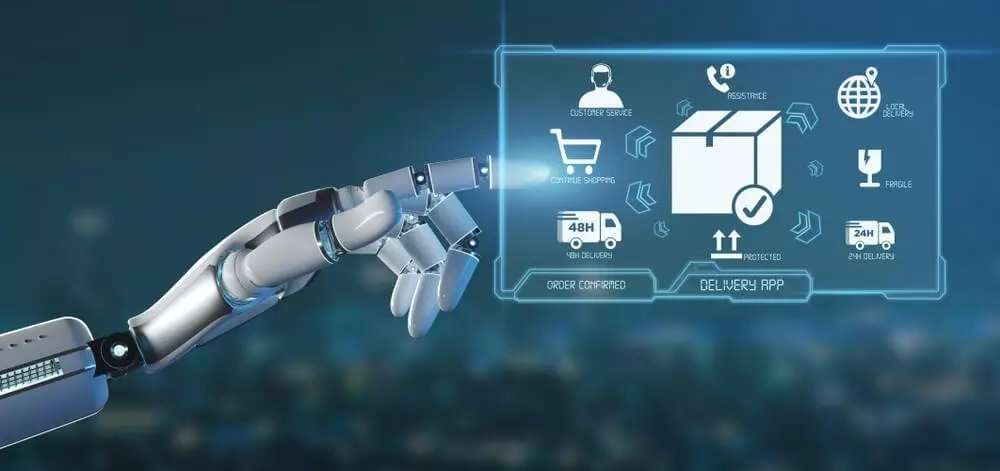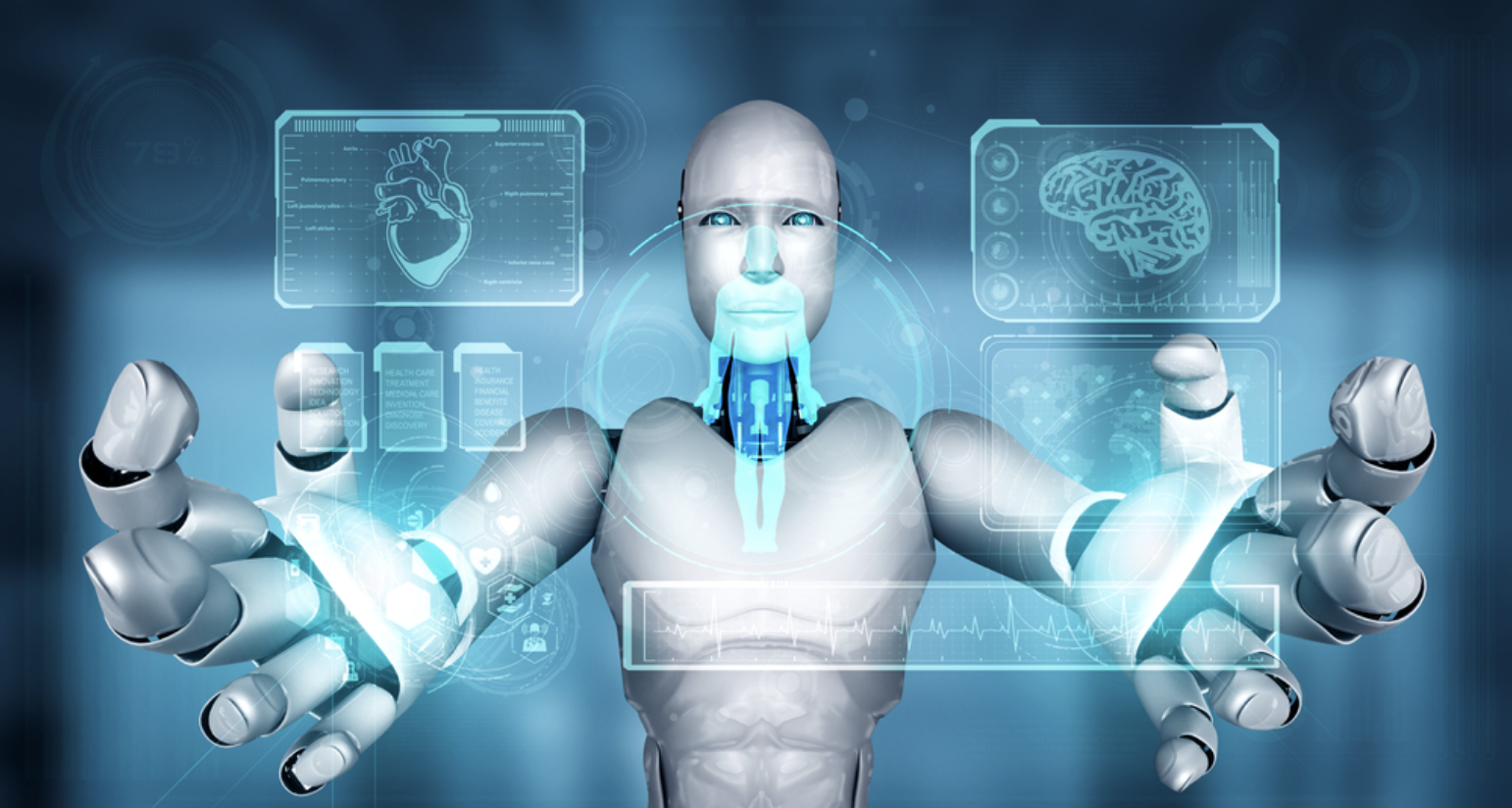Comments
- No comments found

The field of robotics has been advancing at an astonishing pace, and many experts are drawing parallels between this rapid growth and the "Cambrian explosion" in biology, a period marked by the sudden diversification and proliferation of complex life forms.
In this article, we delve into the concept of a potential 'Cambrian Evolution' of robotics, exploring the factors driving this transformation and the implications for various industries and society as a whole.
With the growing advancements in artificial intelligence and robotics technologies, there arises a pertinent question – are we about to witness a Cambrian explosion of robots anytime soon?
About half a billion years ago, there occurred a rapid diversification of earth’s animal life known as the ‘Cambrian Evolution.” This evolution led to major changes in the animal life resulting in the evolution of vision, improved hunting skills, and the ability to find mates. It is believed by scientists that the atmosphere reached a threshold level, where it contained enough oxygen to create more energized life forms, hence resulting in the Cambrian explosion. With the growth and revolution in AI and robotics technology, there are chances that we may experience a similar explosion of diversifications and applications of robotics. Gill A. Pratt suggested that the ‘Cambrian Explosion of robotics is approaching.’ He further stated that the base hardware technologies which are essential for operations such as computing, data storage, and communication have been improving, resulting in considerable growth in robotics. Additionally, two new technologies, Cloud Robotics and Deep Learning could be leveraged to enhance these base technologies and achieve an entirely new level of advancement. This highlights the technology might reach a threshold level, where robots will be more smarter and affordable, which might result in the Cambrian evolution of robots.

Robots have already entered our lives resulting in path-breaking advancements, assisting humans in various sectors including automobile, military, space, transportation, medical, and many more. With the advancements, robots are made more friendly, intelligent, and most importantly affordable to organizations and end users. Robots have found their jobs in most of the sectors. The major benefit of robots, offered to humans, is to perform a variety of jobs which are tedious or even impossible for humans to think about. Moreover, robots can work 24/7, without human errors, and provide perfection in jobs. Robots can lift heavy loads and toxic substances, helping organizations save their money and time. The medical field has seen greatest advancements, where tedious surgeries are carried by robots, helping with great accuracy. Furthermore, the Cambrian evolution of robots will undoubtedly snitch human jobs, leading to unemployment and less value for the economy. Highly talented people will be paid more, whereas common people will be less paid since their jobs will be undertaken by robots. Humans will hire robots, and enjoy their leisure time. This might create more laziness amongst people, and increase their health issues.
Pratt suggested that the ever-increasing growth in data storage, computation power, electronic power efficiency, and other technological growth will result in the Cambrian explosion of robots. He further indicated that the exact time when this explosion will occur is difficult to mention. The Cambrian explosion of robots will result in sudden changes that we haven’t experienced before, impacting our future lifestyles in significant ways.
Much like how the Cambrian explosion gave rise to various ecological niches, robotics is penetrating diverse industries. From manufacturing and healthcare to agriculture and space exploration, robots are finding applications that were previously unimagined. These applications are reshaping industries, increasing efficiency, and expanding human capabilities.
Analogous to the emergence of novel body plans during the Cambrian period, robotics is witnessing the rise of soft robotics and bio-inspired designs. These robots mimic the flexibility and adaptability of natural organisms, enabling them to navigate complex environments, interact with delicate objects, and even assist in medical procedures.
Just as the Cambrian explosion brought challenges like competition for resources and predation, the rapid growth of robotics presents its own set of challenges. Issues such as job displacement due to automation, ethical considerations regarding AI decision-making, and potential security vulnerabilities in robotic systems need to be addressed.

The Cambrian explosion led to the development of diverse evolutionary lineages, some of which thrived and others that faced extinction. Similarly, the robotics landscape will likely see a natural selection process, with certain robotic designs and applications flourishing while others fade away. Continued research, collaboration, and innovation will drive this evolutionary path.
Naveen is the Founder and CEO of Allerin, a software solutions provider that delivers innovative and agile solutions that enable to automate, inspire and impress. He is a seasoned professional with more than 20 years of experience, with extensive experience in customizing open source products for cost optimizations of large scale IT deployment. He is currently working on Internet of Things solutions with Big Data Analytics. Naveen completed his programming qualifications in various Indian institutes.
Leave your comments
Post comment as a guest